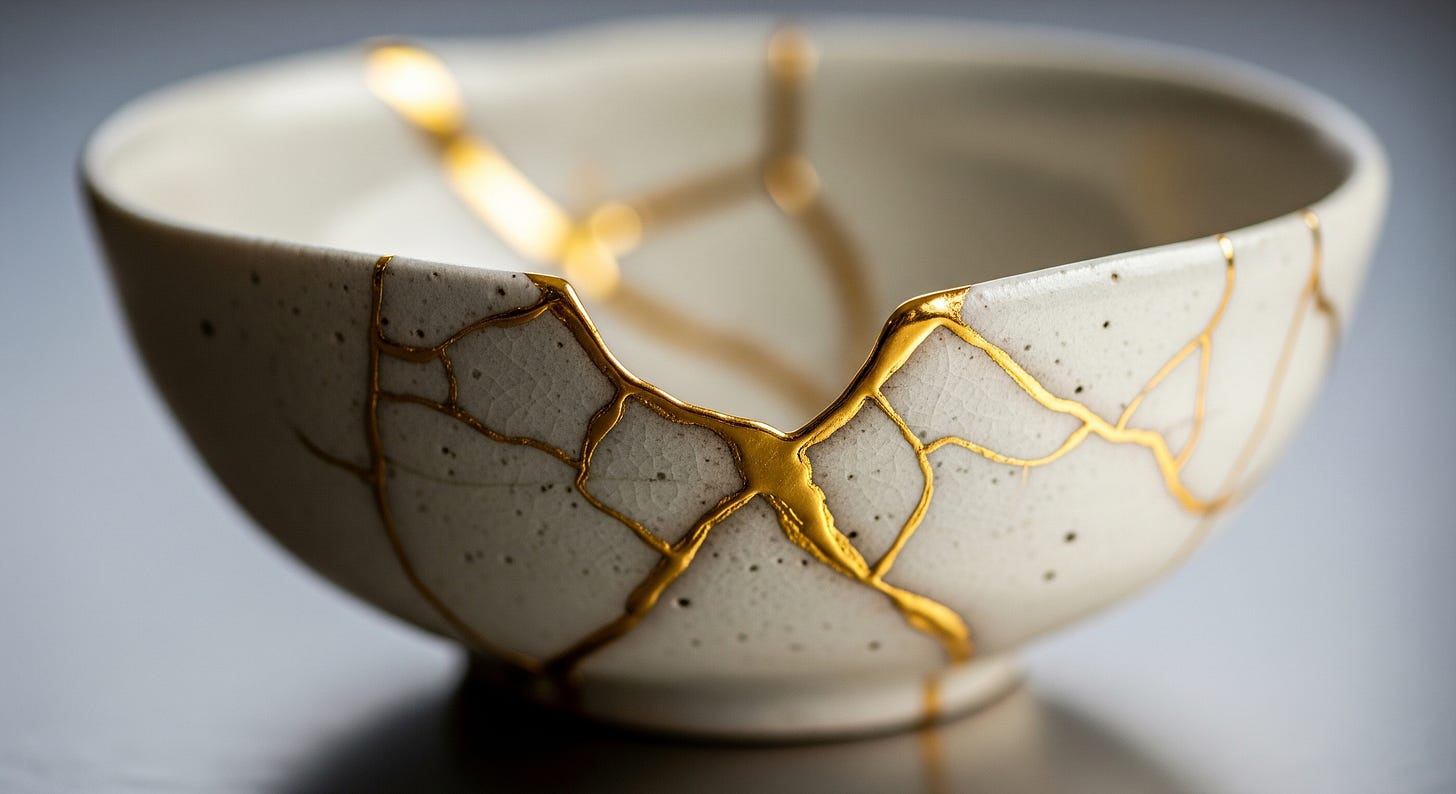The Joy Trap
My journey from chasing wealth to discovering the spending habits that create lasting joy.
In high school, I had a close friend from a very wealthy family. His parents both drove Mercedes-Benz cars. Their house was huge and impeccably decorated. They took cool vacations to Europe.
I thought he had it made.
I believed the key to a great life was having enough money to do what you wanted, when you wanted, and how you wanted.
That mindset fueled my desire to work really hard so I could earn a lot of money. I wanted to live that life of luxury.
As my income grew, I put that theory to the test. My wife Heidi and I flew first class, stayed in five-star hotels, dined at Michelin-star restaurants, drove expensive cars, and bought a beautiful home. At first, it all felt amazing. But over time, the good feelings began to fade. I’d been chasing an illusion. Turns out, having enough money to live luxuriously is not the key to living a wonderful life. When that realization hit me, I felt a wave of disappointment, frustration, and sadness.
I understand why I got confused in high school. I was too young to know better. Why didn’t I figure out sooner that the relentless pursuit of luxury inevitably leads to heartache?
The joy of the luxury experience is powerful.
That first stay at a five-star beach resort? Incredible.
The fifth time? You start noticing the little things that aren’t perfect.
By the tenth? You’re researching upgrades.
Psychologists call this hedonic adaptation. Our brains are wired to normalize what once felt extraordinary.
Soon, the exceptional becomes expected.
So where does that leave Heidi and me? Should we live like monks? Absolutely not. I worked too hard, for too long, not to enjoy the money we saved. But I have learned to think about spending differently.
Here are some of the lessons I learned.
Mix It Up
Pleasure fades when it becomes routine. So now, we mix it up. We still stay in beautiful places—but not every time. Sometimes we choose simpler hotels or fly coach. Oddly, those moments enhance our enjoyment of the splurges. Luxury isn’t luxurious when it’s constant. It’s the contrast that restores the magic.
Share the Pleasure
Nothing reinvigorates an experience like sharing it with someone who’s never had it. Last year, we rented a 60-foot sailboat with a captain and cook and invited three close friends who had never sailed before. We loved our week together. Seeing it all through their eyes made it feel new again. Even better, it felt deeply fulfilling to treat them to an experience they may never have chosen for themselves—and to show, in a tangible way, how much we love them.
Savoring is powerful
The more I slow down, the more I enjoy. One of my favorite trips was when Heidi and I rented a small apartment in Paris. Instead of rushing from must-see spot to must-see spot, we walked, wandered, and lived more like locals. The less we planned, and the more we allowed ourselves to savor, the richer the experience became.
Pause Before Purchasing
Whatever I own, owns me. A bigger house might be beautiful—but it comes with more maintenance, more decisions, more responsibility. If your goal is freedom, ownership can get in the way. Before I buy something now, I ask: Would renting give me the same joy with less stress? Often, the answer is yes. Not always—but often.
Spend on Personal Growth
One of the best decisions I’ve made in recent years was enrolling in a one-year fellowship focused on mindfulness and spiritual growth. It wasn’t cheap—in time or money. But it was life-changing. Spending on personal growth brings a kind of satisfaction that doesn’t fade. If anything, it deepens. Want to disrupt hedonic adaptation? Grow. Stretch. Evolve.
Heal a Small Corner of the World
When luxury fades and growth feels slow, giving has a way of grounding you. Not giving from obligation—giving from connection. Find a nonprofit doing work that you care about. Learn what they need. Offer your time, your skills, your perspective. Then give targeted gifts that help solve real problems. It’s not about being a hero. It’s about being useful. It’s about knowing that your money, wisdom, effort really matter.
You Have to Try Stuff
None of this comes easily. The options are vast. The path isn’t always clear. You’ll try things that don’t work. You’ll spend money on experiences that fall flat. That’s okay. The point isn’t to get it perfect. The point is to keep learning—about yourself, your values, and what brings you alive.
For me, this is the heart of fulfillment: Spending money in ways that align with who I am, what I care about, and the life I want to lead. It’s not about denial, it’s about design. Designing a life where money isn’t just spent—but well-spent.
Where joy lasts a little longer.
Where meaning doesn’t fade.
Where you look around and think, this is what I worked for.
Until our next conversation,
David
A Note on the Image: The art of Kintsugi is a Japanese practice of mending what's broken with gold. It's a reminder that our healing and past experiences don't need to be hidden; they can become a beautiful and strong part of our story.




Great blog post! This one really resonated with me. The realization late in life that the daily dose of societal messages telling us what is supposed to matter is just plain wrong and actually counterproductive was an eyeopener opener for me. Sadly, it is hard to unlearn those messages.